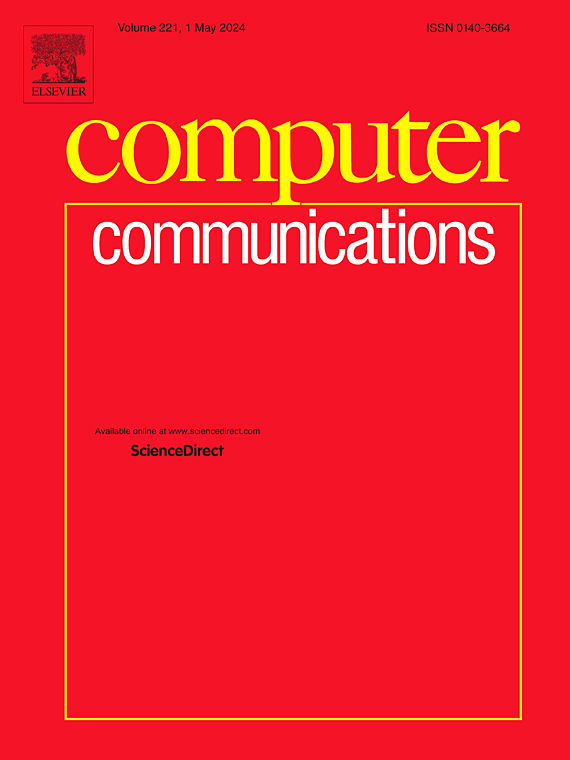基于图表示的多智能体强化学习绿色边缘云计算卸载
IF 4.5
3区 计算机科学
Q1 COMPUTER SCIENCE, INFORMATION SYSTEMS
引用次数: 0
摘要
边缘云计算(ECC)是一种被广泛采用的分布式计算架构,它有助于将计算密集型任务从物联网(IoT)设备卸载到边缘服务器。随着人们对节能环保的日益重视,绿色边缘云计算卸载技术引起了人们的关注。然而,传统的计算卸载方法在做出实时卸载决策和适应通信信道等动态环境变化方面存在困难。针对这些挑战,我们提出了一种基于图表示的多智能体强化学习方法来解决边缘云计算卸载调度问题。我们的方法构建了一个多智能体计算卸载强化学习场景,并利用图神经网络来表示设备与边缘服务器之间的连接特征。实验结果表明,该方法在降低系统能耗和响应延迟方面优于其他算法。此外,与启发式遗传算法相比,我们的方法的耗时明显缩短,减少了10-20倍。本文章由计算机程序翻译,如有差异,请以英文原文为准。
Multi-agent reinforcement learning with graph representation for green edge–cloud computation offloading
Edge–Cloud Computing (ECC) stands as a widely adopted distributed computing architecture that facilitates the offloading of computation-intensive tasks from Internet of Things (IoT) devices to edge servers. The growing emphasis on energy conservation and environmental protection raises the concerns of green edge–cloud computation offloading technology. However, conventional computation offloading methods have difficulties in making real-time offloading decisions and adapting to dynamic environmental changes, such as the communication channels. In response to these challenges, we propose a multi-agent reinforcement learning method with graph representation to address the edge–cloud computing offloading schedule problem. Our approach constructs a multi-agent computation offloading reinforcement learning scenario and utilizes graph neural networks to represent the connectivity features between devices and edge servers. Experimental results demonstrate that our proposed method outperforms other algorithms in reducing system energy consumption and response delay. Furthermore, the time-consuming of our approach is significantly shorter compared to heuristic genetic algorithms, with a reduction of 10–20 times.
求助全文
通过发布文献求助,成功后即可免费获取论文全文。
去求助
来源期刊

Computer Communications
工程技术-电信学
CiteScore
14.10
自引率
5.00%
发文量
397
审稿时长
66 days
期刊介绍:
Computer and Communications networks are key infrastructures of the information society with high socio-economic value as they contribute to the correct operations of many critical services (from healthcare to finance and transportation). Internet is the core of today''s computer-communication infrastructures. This has transformed the Internet, from a robust network for data transfer between computers, to a global, content-rich, communication and information system where contents are increasingly generated by the users, and distributed according to human social relations. Next-generation network technologies, architectures and protocols are therefore required to overcome the limitations of the legacy Internet and add new capabilities and services. The future Internet should be ubiquitous, secure, resilient, and closer to human communication paradigms.
Computer Communications is a peer-reviewed international journal that publishes high-quality scientific articles (both theory and practice) and survey papers covering all aspects of future computer communication networks (on all layers, except the physical layer), with a special attention to the evolution of the Internet architecture, protocols, services, and applications.
 求助内容:
求助内容: 应助结果提醒方式:
应助结果提醒方式:


